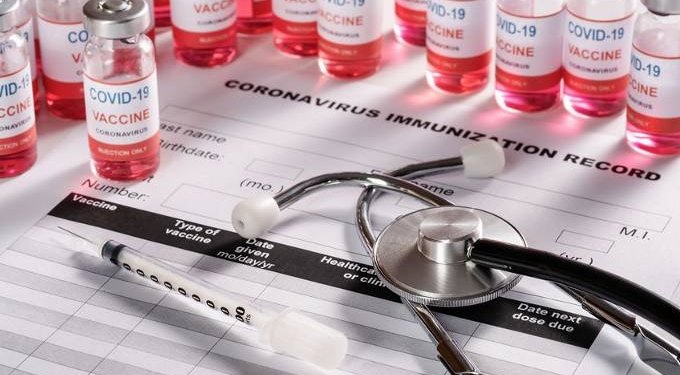
By Children's Health Defense Team | The Defender
Back in 1999, leading U.S. Food and Drug Administration (FDA) official Dr. Peter Patriarca contended that modern advances in vaccine technology were rapidly “outpacing researchers’ ability to predict potential vaccine-related adverse events.” Patriarca mused that this could lead to “a situation of unforeseen and unpredictable vaccine outcomes.”
In a new research article published in Microbiology & Infectious Diseases, veteran immunologist J. Bart Classen expresses similar concerns and writes that “RNA-based COVID vaccines have the potential to cause more disease than the epidemic of COVID-19.”
For decades, Classen has published papers exploring how vaccination can give rise to chronic conditions such as Type 1 and Type 2 diabetes — not right away, but three or four years down the road.
In this latest paper, Classen warns that the RNA-based vaccine technology could create “new potential mechanisms” of vaccine adverse events that may take years to come to light.
Classen’s study establishes the potential for the messenger RNA (mRNA) vaccines developed by Pfizer and Moderna to activate human proteins to take on “pathologic configurations” — configurations associated with chronic degenerative neurological diseases. Although his specific interest is in prion diseases (conditions associated with misfolded versions of normal proteins), Classen also outlines a handful of other mechanisms whereby RNA-based vaccines could give rise to “multiple other potential fatal adverse events.”
Ensuring that patients clearly understand risks — including known risks as well as potential unknown risks — is an important component of the informed consent process. This is all the more true when the intervention is experimental and lacks long-term safety data, as is the case with the Pfizer and Moderna vaccines against COVID-19. The FDA authorized the two vaccines for widespread emergency use based on just two months of clinical trial data.
Unfortunately, it is not unusual for researchers’ communication of risks to be perfunctory. In October, researchers at New York University and Tulane reported that the information communicated to participants in the coronavirus clinical trials about a worrisome problem known as pathogenic priming was “sufficiently obscured” as to make “adequate patient comprehension” of risks “unlikely.”
It would be interesting to know what those researchers would say about Classen’s blunt conclusion that “Approving a vaccine, utilizing novel RNA technology without extensive testing is extremely dangerous.”
Those contemplating COVID injections may be ignoring potential risks at their own peril.
















